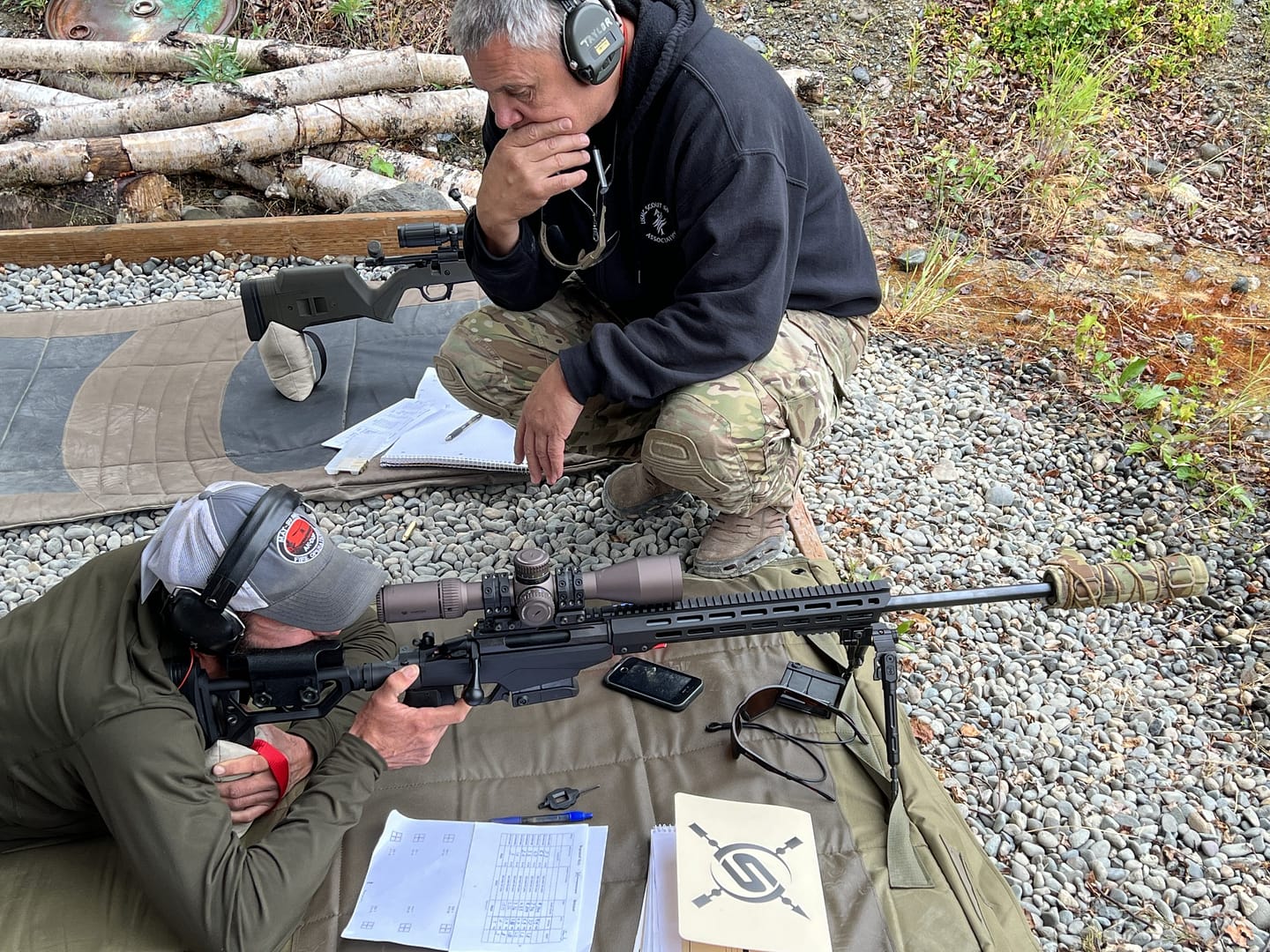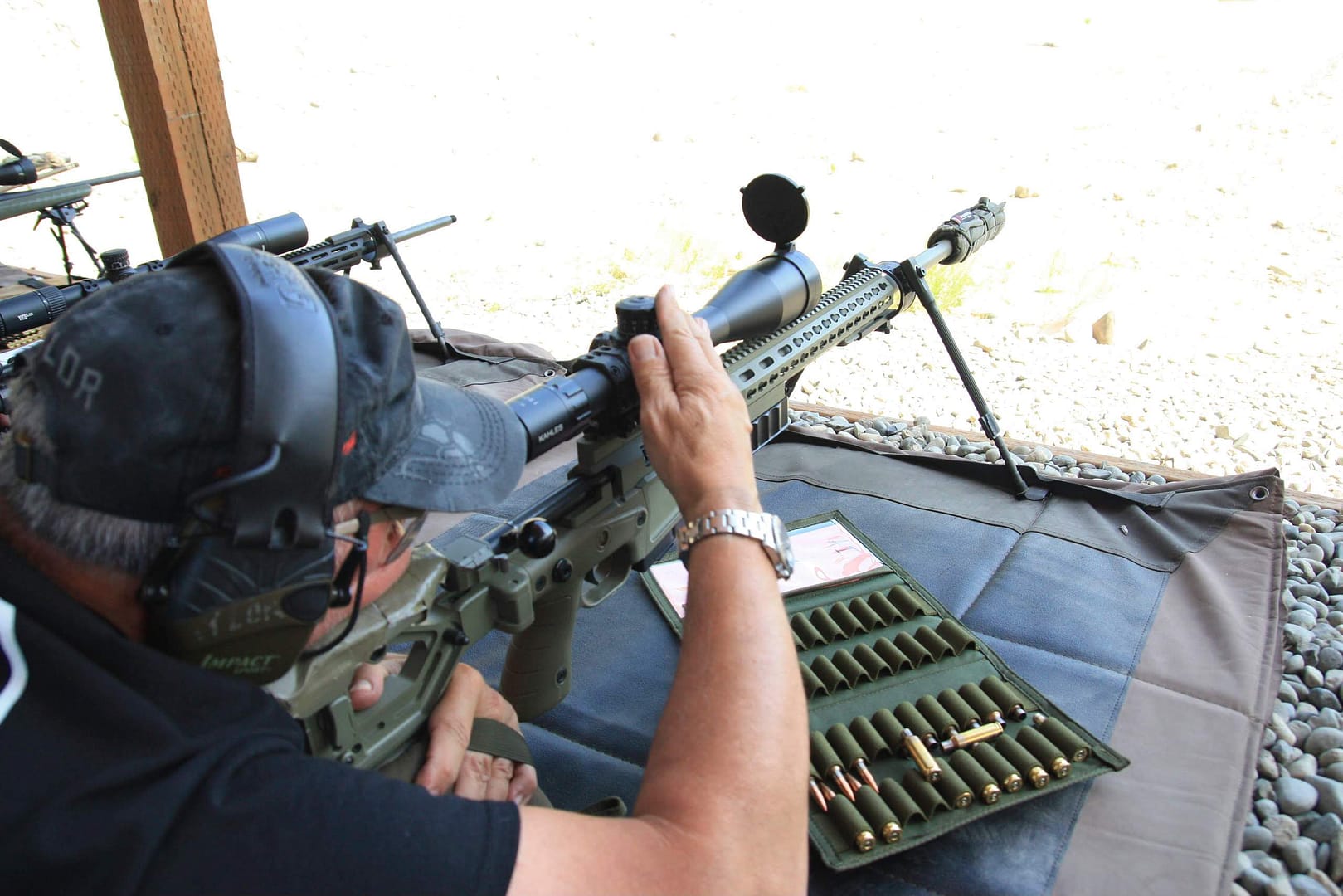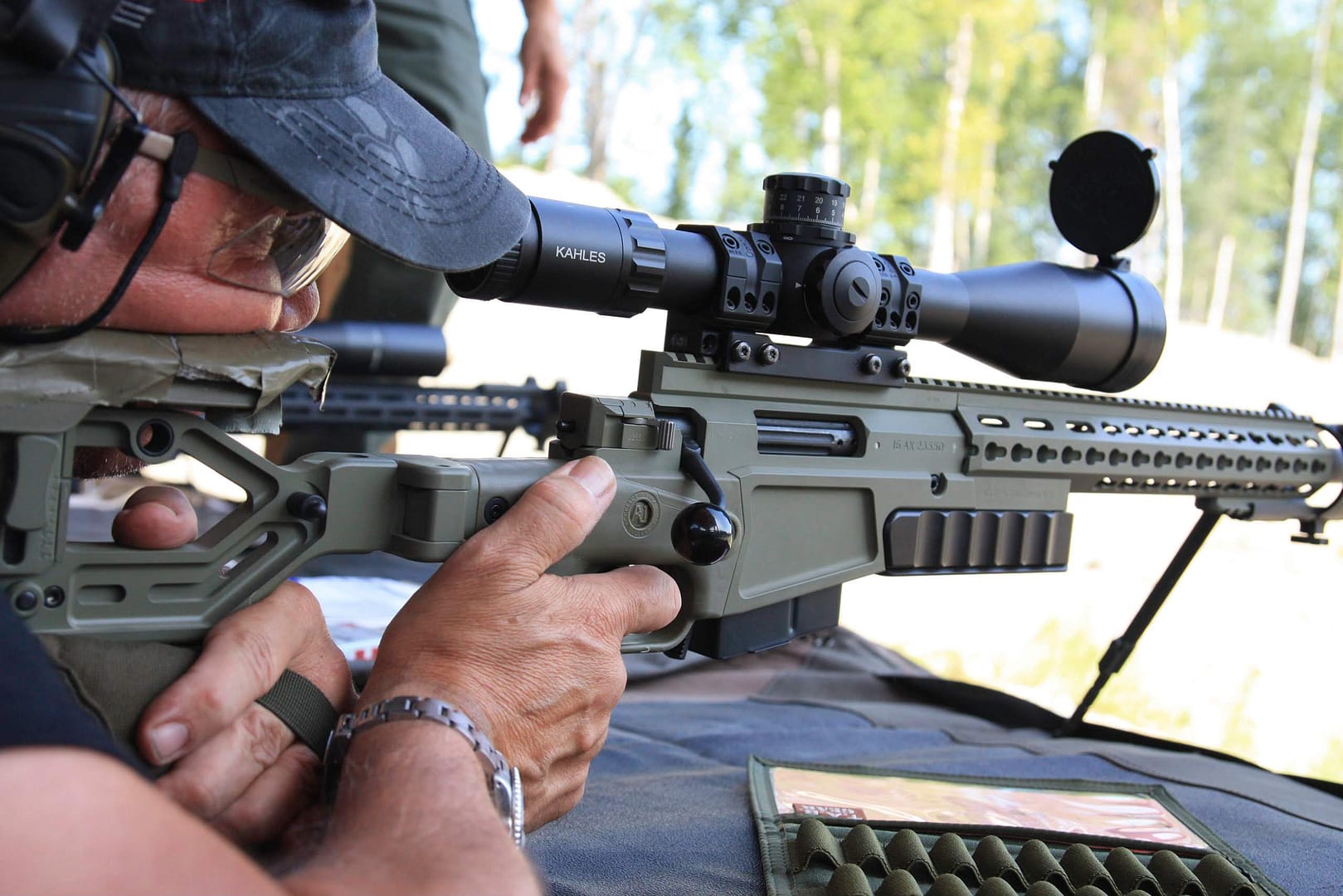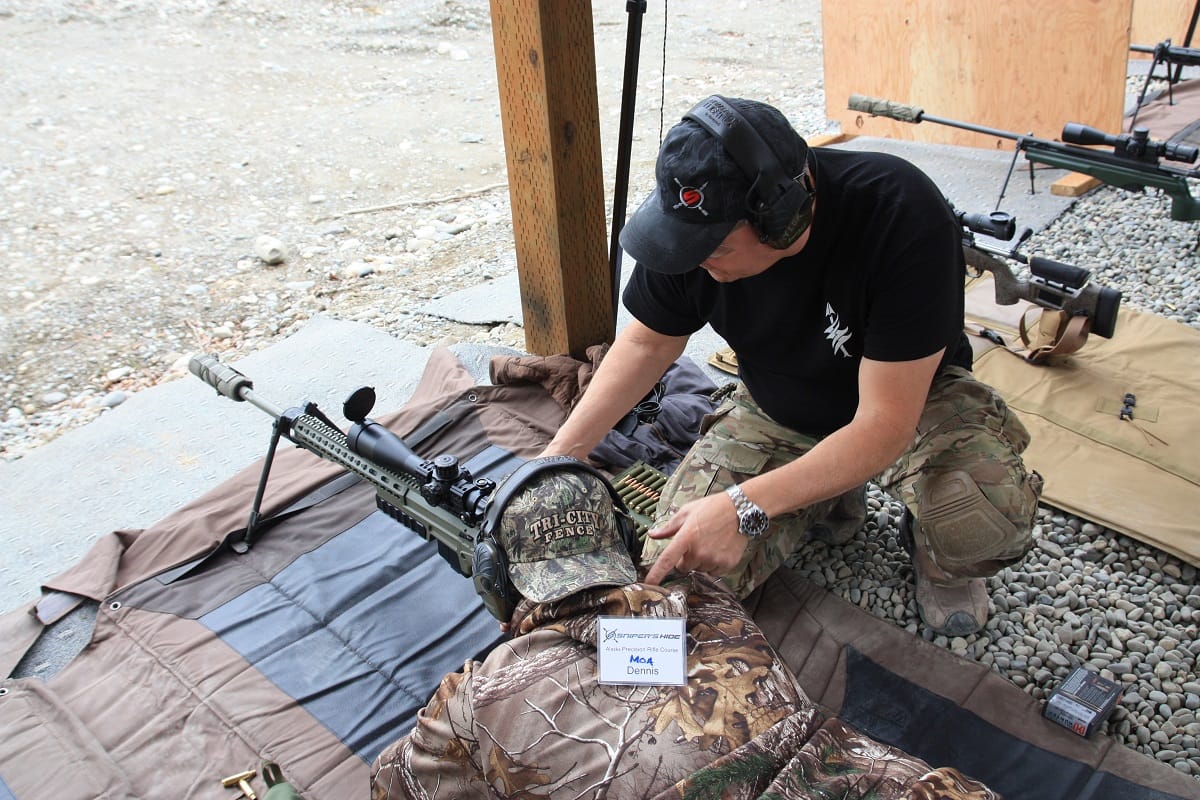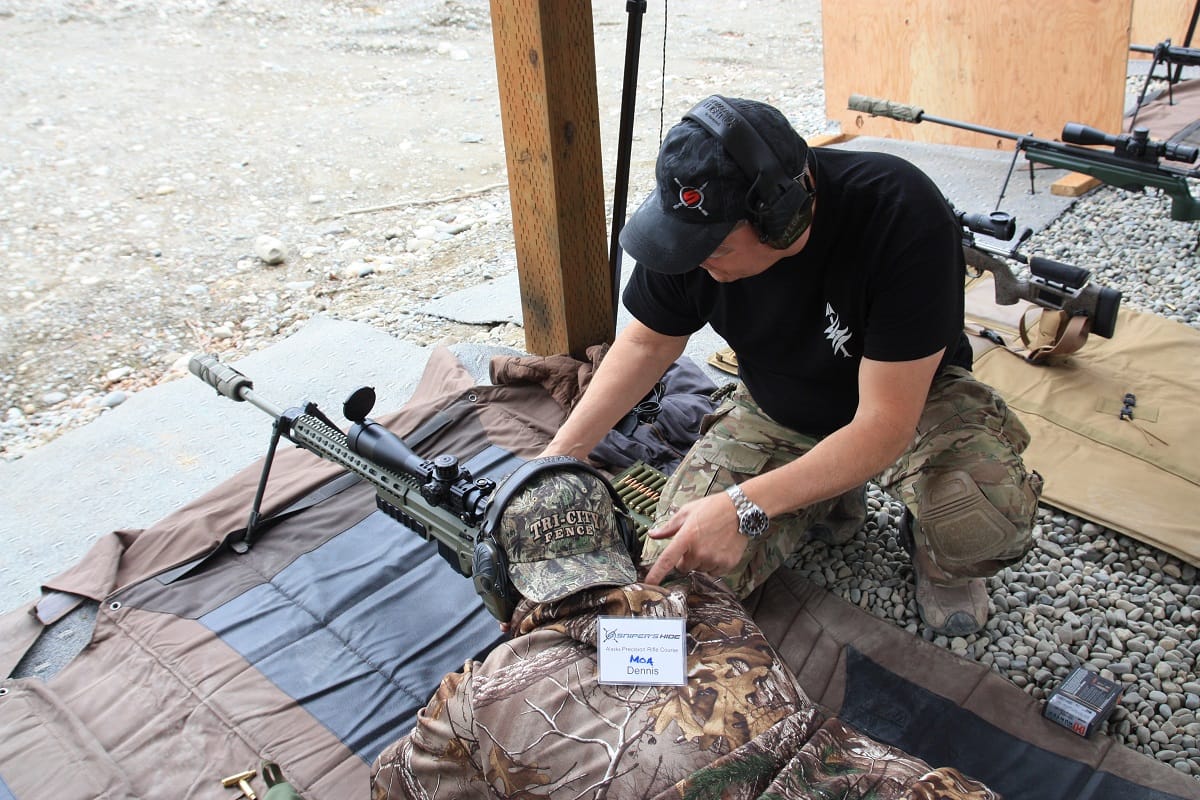The Essential Fundamentals Of Precision Long Range Rifle
Long range shooting is a journey. Little did I know, as a young Marine recruited to Surveillance – Target Acquisition Platoon in 1986, that I would still be in this game some thirty-seven years later. That is how some journeys are. One doesn’t realize that a journey has been undertaken until time passes and you …






